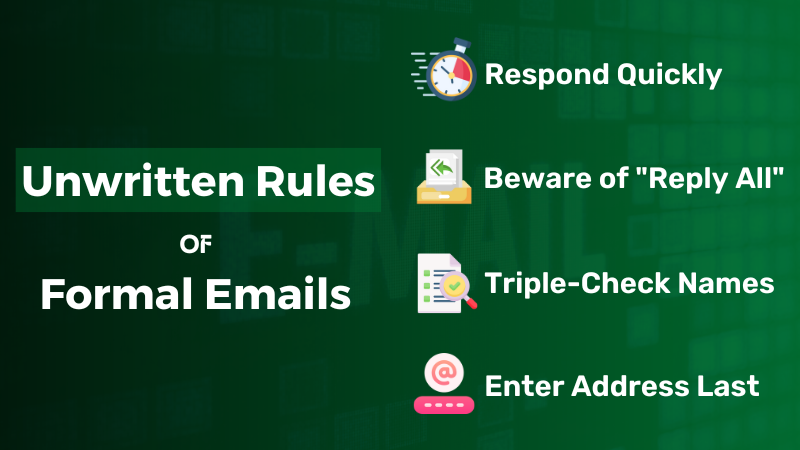How to Write A Letter for Payment Collection
To let customers know that their debt is past due, you have to send them an official notice. And sometimes, sending just one letter doesn’t do the job. The notice is written in the form of collection letters or payment collection letters. You usually send 4 collection letters before hiring a collection agency and further proceeding.
What is a collection letter?
A collection letter is a big part of your communication with customers from whom you have receivables. To inform a borrower of his due payments, you write this letter. I will focus here on the first collection letter, although there are 3 more you ought to send if things don’t go as expected. The first letter should be sent as soon as the time is past due. However, with time your letter should vary. You obviously won’t write to a 90-day account receivable the same way as you would to a 10-day account receivable.
What to include in it:
These are the things you need to keep in check before and during writing the letter:
- By now you must have spent phone calls after your account holder/customer. So in the first letter, you can start talking business in the first line. Although I say “business”, I mean “friendly reminder”. You have to sound firm as well as professional.
- Add information like the account number, the number of days past due, the amount due, the account summary, the due date of payment, any invoice number, an invoice date, an invoice copy or more, etc.
- Do not forget to mention that you have previously contacted them. You don’t have to add the details of previous contacts, just let them know the deal, why you’re writing. Not keeping it short might not make them want to read it.
- End with the reminder to pay. Add contact information. If possible let them know that if they are unable to contact in that manner or by that means, they have other options and things can be fixed upon contacting. Make the point clear that they’ll need to pay, and you’ll help them.
- Close with signature, phone number and mailing address.
- Optionally, you can include a postage paid envelope so that they can drop the check, you know.
Dos and Don'ts of Collection Letters:
Besides the structure, there are other things you need to know:
- Don't’ sound too complicated and beat around the bush. They should themselves be aware that they haven’t paid yet. So keep it straight to the point, and simply let them know why you’re writing.
- Do not handwrite, this reduces the firmness so much. Type it. This gives a more professional look.
- Use the company letterhead in your letter. This looks official and of importance.
- Assume that the customers will pay, don’t write like they are running away so they should pay.
- Don’t sound negative in the letter on your part. Don’t be harsh, don’t sound harassing. Remember to retrieve the money, and keeping the goodwill, the customer and the relationship.
- Do not communicate via social media. I know how easy it can be these days of social media-dependency, but no. If you think sending a message on social media will be more helpful than calling them before sending the letter, it won’t. In fact, text messages aren’t helpful too. So only after you did the calling, send them the collection letter.
If the first collection letter results in no replies whatsoever, you should then proceed to the second, third and so on. They are the same language, more or less the same format, firmer, and a reminder of what’s to come next/how to pay/of payment, etc.
Grammar
Read More
- How to Use "Therefore" in Sentences Avoiding Common Mistakes
- How to Use "Whereas" with Examples and Avoid Common Mistakes
- When and How to Use "Thus" Correctly Without Common Mistakes
- How to Use "On the Contrary" Properly with Meaning and Examples
- When and How to Use "Either/Or" with Examples and Common Mistakes to Avoid
- How to Use "On the Other Hand" Effectively without Mistakes
- How to Use "Respectively" with Example and Common Errors to Avoid
- How and When to Use "Moreover" Without Mistakes
- How to Use "Likewise" in Sentences Based on Context & When not to Use
- When & How to Use "Although" in Sentences to Avoid Mistake





